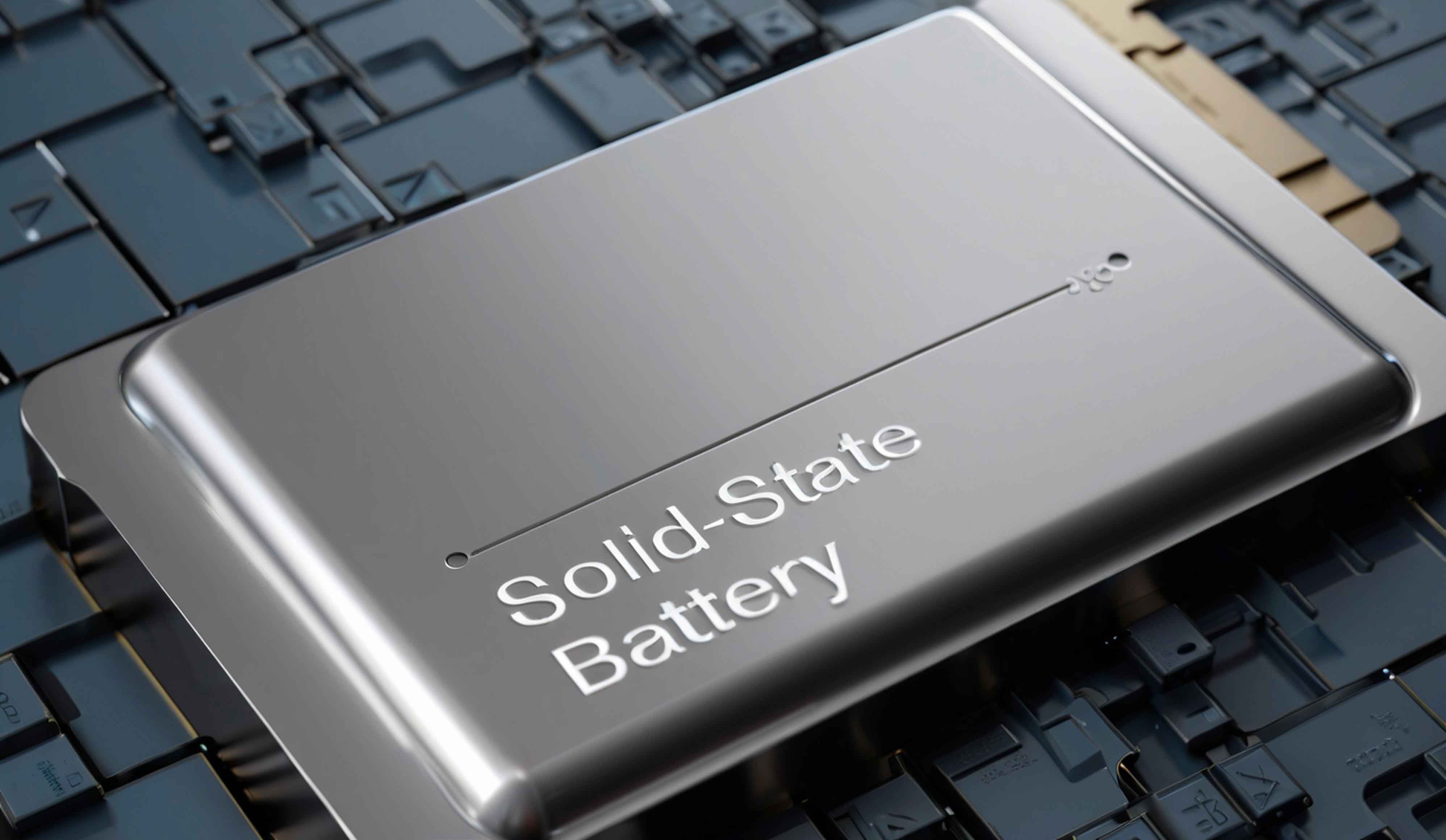Solid-state battery represents the next generation of energy storage technology, offering unparalleled safety and energy density compared to conventional lithium-ion batteries. At the heart of this innovation lies the solid-state electrolyte (SSE), a material critical for enabling high-performance all-solid-state battery. While oxide, sulfide, and polymer-based SSEs have dominated research efforts, their limitations in ionic conductivity, air stability, and cost competitiveness hinder widespread commercialization. Halide solid-state electrolytes (HSSEs) have emerged as a promising alternative, combining high lithium-ion conductivity, mechanical flexibility, and robust oxidation stability. This article explores recent advancements in low-cost HSSEs, focusing on their design, synthesis, challenges, and future prospects for enabling scalable solid-state battery technologies.

1. Introduction to Halide Solid-State Electrolytes
Halide-based SSEs leverage the unique properties of halogen anions (F⁻, Cl⁻, Br⁻, I⁻) to facilitate rapid lithium-ion transport. The weaker Coulombic interactions between large halide anions and Li⁺ ions enhance ion mobility, while their high standard redox potentials improve electrochemical stability. A general formula for ternary halide SSEs is LiaMXbLiaMXb, where MM is a transition metal (e.g., Zr, Y) and XX is a halogen. For instance, Li3YCl6Li3YCl6 (LYC) exhibits an ionic conductivity of 0.8 mS/cm0.8mS/cm at room temperature and a wide electrochemical stability window (>4.0 V>4.0V).
Key Advantages of HSSEs:
- High lithium-ion conductivity (>1 mS/cm>1mS/cm).
- Excellent oxidation stability, eliminating the need for cathode coatings.
- Low-temperature synthesis without sintering.
- Cost-effectiveness due to abundant raw materials (e.g., Zr, Cl).
2. Breakthroughs in Low-Cost HSSEs
Recent studies have prioritized replacing rare-earth metals (e.g., Y, In) with earth-abundant elements like zirconium (Zr) to reduce costs. For example, Li2ZrCl6Li2ZrCl6, developed in 2021, achieved a raw material cost of <$50/kg<$50/kg but suffered from low conductivity (0.5 mS/cm0.5mS/cm). Subsequent innovations, such as oxygen-doped Li2ZrOCl4Li2ZrOCl4, improved conductivity to 1.0 mS/cm1.0mS/cm while slashing costs to ∼$10/kg∼$10/kg (Table 1).
Table 1: Performance Metrics of Representative HSSEs
| Material | Ionic Conductivity (mS/cm) | Cost ($/kg) | Air Stability | Synthesis Method |
|---|---|---|---|---|
| Li3YCl6Li3YCl6 | 0.8 | 200 | Moderate | Solid-state reaction |
| Li2ZrCl6Li2ZrCl6 | 0.5 | 50 | Poor | Mechanochemical milling |
| Li2ZrOCl4Li2ZrOCl4 | 1.0 | 10 | Good | Hydrothermal synthesis |
| Li1.3ZrCl4.2O0.5Li1.3ZrCl4.2O0.5 | 2.42 | 15 | Excellent | Sol-gel method |
Theoretical calculations using density functional theory (DFT) have guided the design of novel HSSEs. For instance, substituting Zr into Li3MCl6Li3MCl6 frameworks reduces lithium migration barriers (EaEa) as described by:Ea=ΔGkBTln(σ0Tσ)Ea=kBTΔGln(σσ0T)
where σσ is ionic conductivity, σ0σ0 is a pre-exponential factor, and ΔGΔG is the activation energy. This approach identified Li2ZrO3ClLi2ZrO3Cl as a candidate with a predicted conductivity of 2.5 mS/cm2.5mS/cm.
3. Critical Challenges for Commercialization
Despite progress, several hurdles must be overcome to realize practical solid-state battery:
3.1 Enhancing Ionic Conductivity
Doping strategies (e.g., aliovalent substitution) can create lithium vacancies to boost conductivity. For example, replacing Zr4+Zr4+ with Al3+Al3+ in Li2Zr1−xAlxOCl4Li2Zr1−xAlxOCl4 introduces vacancies, improving σσ to 1.8 mS/cm1.8mS/cm. However, systematic studies on divalent dopants (e.g., Mg²⁺, Ca²⁺) remain scarce.
3.2 Scalable Synthesis Methods
Current synthesis routes, such as solid-state reactions, often yield inconsistent material properties. Water-mediated synthesis offers scalability but risks hydrolysis:Li2ZrOCl4+H2O→LiOH+ZrOCl2+HCl↑Li2ZrOCl4+H2O→LiOH+ZrOCl2+HCl↑
Advanced techniques like atomic layer deposition (ALD) or solvothermal methods could mitigate these issues.
3.3 Electrode Compatibility
Most HSSEs react with metallic lithium anodes, forming resistive interphases. Introducing artificial SEI layers (e.g., LiFLiF) via in situ reactions improves compatibility:Li+HF→LiF+12H2↑Li+HF→LiF+21H2↑
3.4 High-Voltage Stability
While fluorides (e.g., Li3AlF6Li3AlF6) exhibit high oxidative stability (>5 V>5V), chlorides and bromides degrade above 4 V4V. Alloying anodes (e.g., Li-Si) or using high-voltage cathodes (e.g., LiNi0.8Co0.1Mn0.1O2LiNi0.8Co0.1Mn0.1O2) requires tailored HSSEs with wider stability windows.
4. Future Research Directions
To accelerate the adoption of HSSEs in solid-state battery, future efforts should focus on:
- Anionic Doping: Exploring dual-halogen systems (e.g., Li3YBrxCl6−xLi3YBrxCl6−x) or heteroanionic substitutions (e.g., O²⁻, S²⁻) to optimize conductivity and stability.
- Novel Material Systems: Designing HSSEs with 1D/3D ion channels, such as LaCl3LaCl3-based electrolytes, to enhance Li⁺ mobility.
- Green Synthesis: Developing eco-friendly, low-energy methods (e.g., aqueous processing) compatible with industrial-scale production.
- Interface Engineering: Utilizing computational tools (e.g., molecular dynamics) to predict and design stable electrode-electrolyte interfaces.
5. Conclusion
Halide solid-state electrolytes are poised to revolutionize solid-state battery technology by addressing the limitations of traditional SSEs. With high ionic conductivity, excellent air stability, and ultra-low costs, materials like Li2ZrOCl4Li2ZrOCl4 and Li1.3ZrCl4.2O0.5Li1.3ZrCl4.2O0.5 demonstrate the feasibility of scalable production. However, overcoming challenges in synthesis, electrode compatibility, and high-voltage stability remains critical. Through interdisciplinary innovation—combining computational modeling, advanced synthesis, and interface engineering—halide-based SSEs will unlock the full potential of solid-state battery, paving the way for safer, higher-energy-density energy storage systems.
